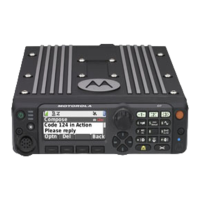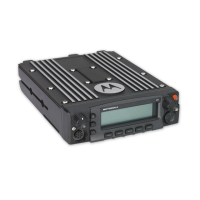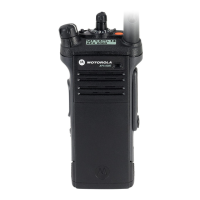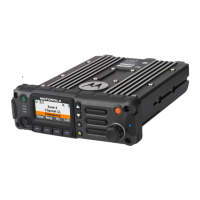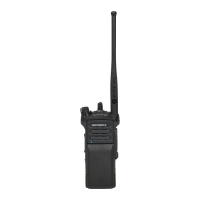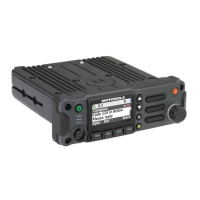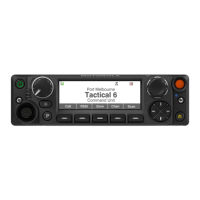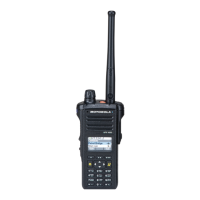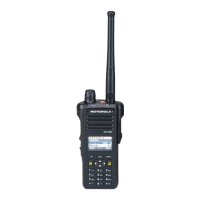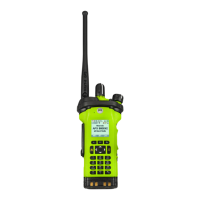Theory of Operation: Controller 3-49
3.2.5.2 RX Audio path
The RX audio path supports two internal speakers and one external speaker.
Figure 3-39. VOCON RX Audio Path Block Diagram
The RX internal audio path begins with the digital audio samples being sent from the OMAP1710's
McBSP1 port to the TI AIC33 CODEC through the audio SSI bus. As in the TX audio paths, the
MAKO IC is also used to generate the clock and frame sync for the audio SSI bus. Once the audio
data is received by the TI CODEC, the CODEC proceeds to convert the data to analog and
implements the volume control. The analog signal in the CODEC is then fully differential and gets
sent out to the power amplifier through pins LEFT_LOP and LEFT_LOM. The Maxim MAX9768
Class D audio power amplifier accepts a fully differential analog input signal and will also drive a
4 Ohm loudspeaker differentially.
The external speaker path is almost identical to the internal speaker path. The digital audio data is
sent from the OMAP1710's McBSP1 port to the TI AIC33 CODEC for digital to analog conversion
and volume control. The external speaker path uses the MAKO IC's class-AB audio power amplifier
to drive 16 Ohm to 28 Ohm external speakers. The input to MAKO IC's audio power amplifier is fully
differential and comes from the TI CODEC's RIGHT_LOP and RIGHT_LOM. The output of the
MAKO IC's audio amplifier is also fully differential and available on pins EXT_SPKR_P and
EXT_SPKR_M.
Portable RX Audio Architecture
MAKO
Class D
MAX9768
OMAP DSP
SSI
MCBSP1
Switch
Low-Pass Filter
20kHz Corner
ARM SPI SPI
SPI
Mute Shutdown
OMAP GPIOs
AB AMP
AB AMP
External/
Accessory Speaker
Small Internal
Speaker
~ 16 Ohms
~ 16-20 Ohms
Large Internal
Speaker
~ 4 Ohms
SSI
I2C
I2C
RIGHT LINE
OUT
LEFT LINE
OUT
TI CODEC
DSP
SPI
SSI
13
14
15
7
8
17 18
Test Point Descriptions
Expan Bot Board Overlay
Vocon Bot Board Overlay
16
9
Expan Top Board Overlay
10
11
12
Vocon Top Board Overlay
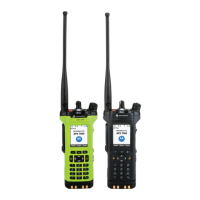
